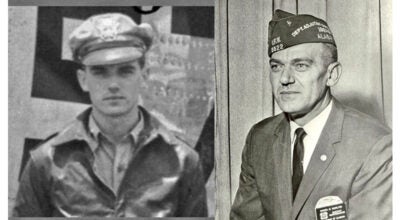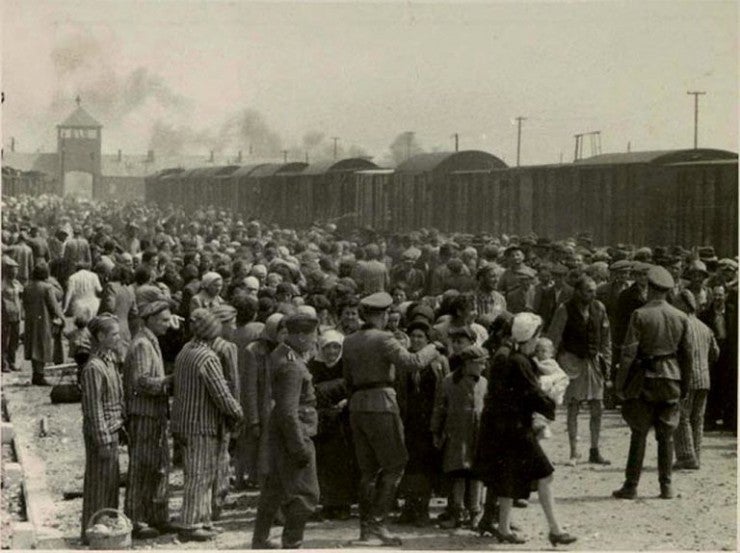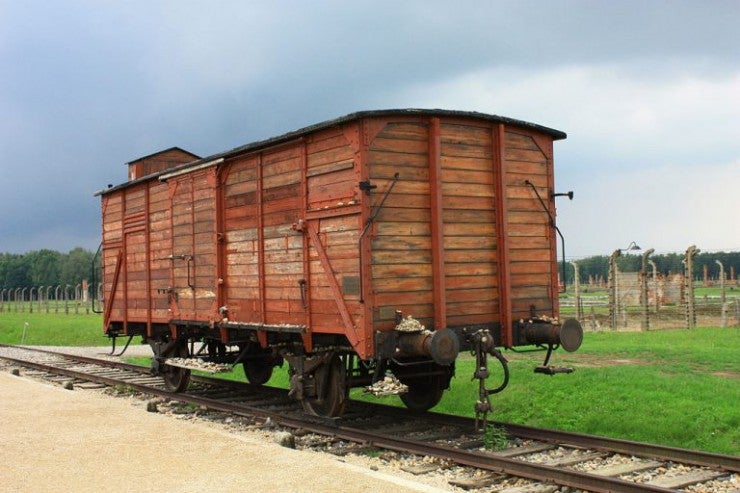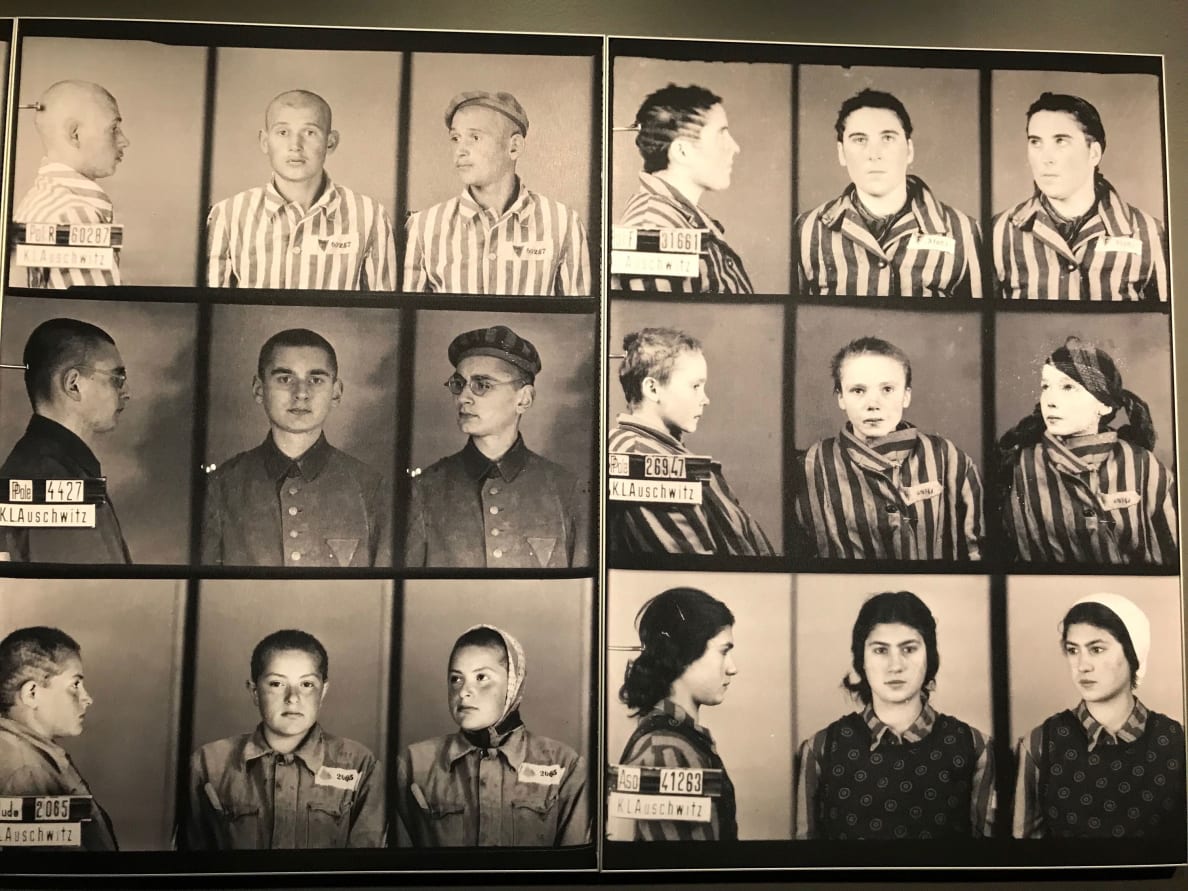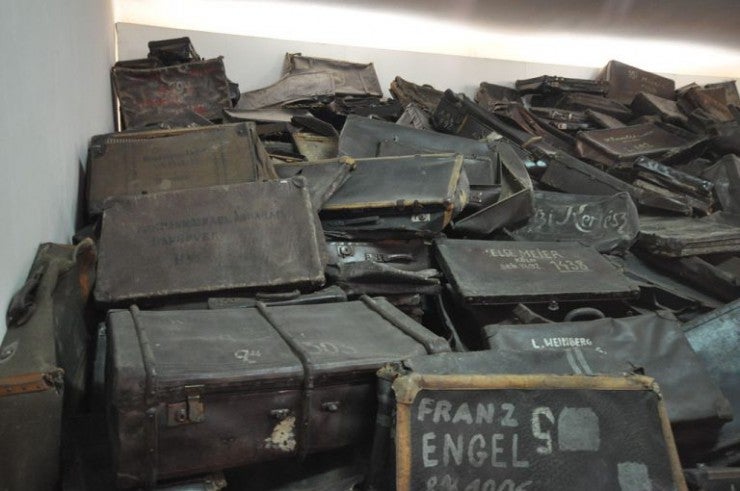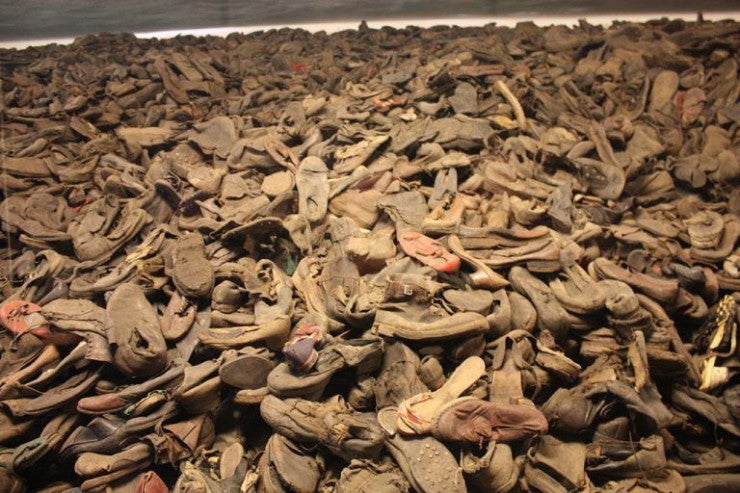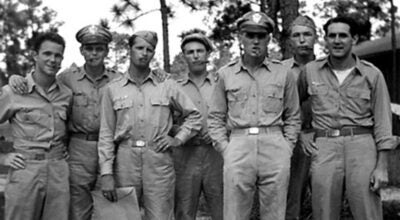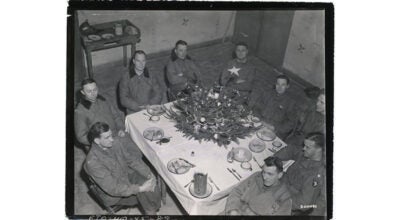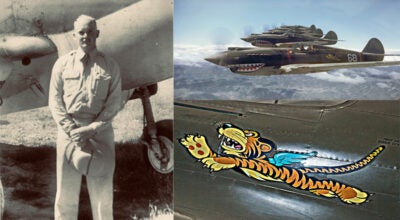Auschwitz – Never Forget
Published 4:59 pm Wednesday, January 27, 2021
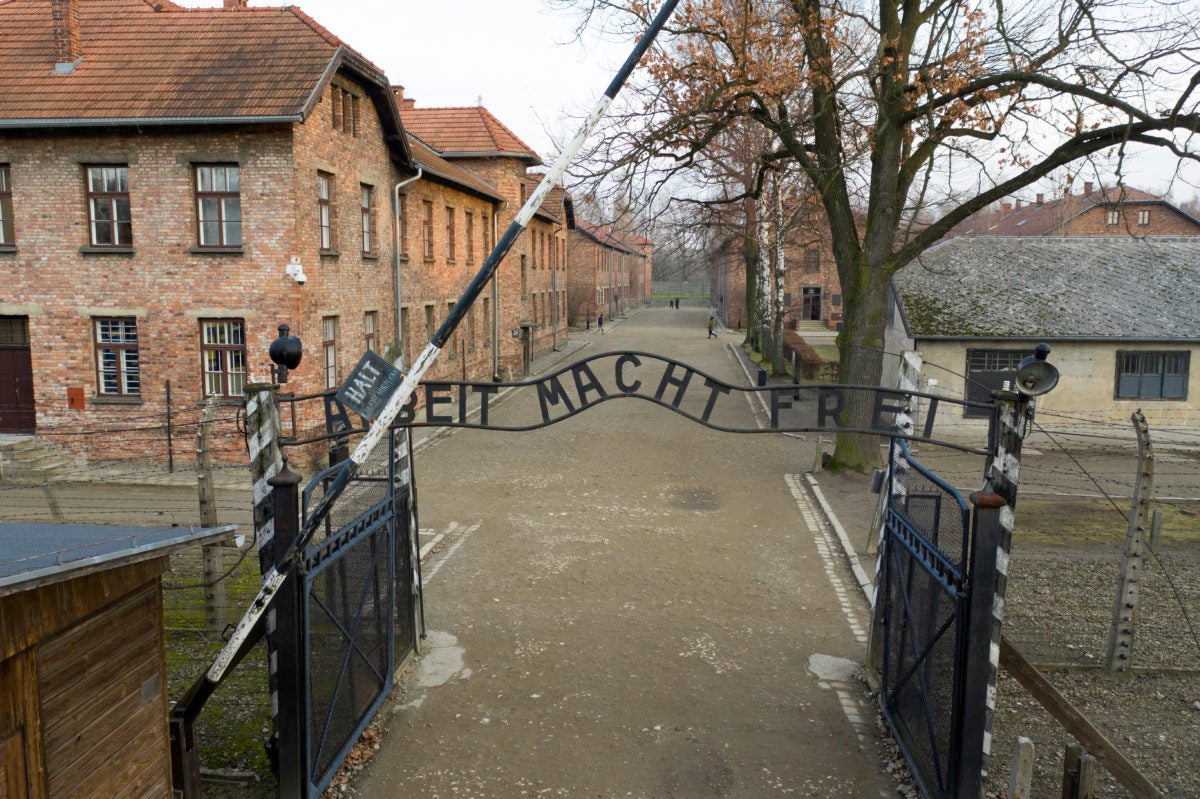
- Modern view of Auschwitz gate with its infamous slogan [Psychology Today]
|
Getting your Trinity Audio player ready...
|
Wednesday, Jan 27, 2020, marks the 75th anniversary of the liberation of the most infamous of Nazi death camps, Auschwitz. The camp is more properly called Auschwitz-Birkenau, for the two camp complex, separated by two miles, located in southern Poland.
Auschwitz was constructed on an old, abandoned Polish military base in 1940. Birkenau, the larger camp, was built in 1941.
On Jan 27, 2020, hundreds of survivors from around the world, will travel to Auschwitz for the official anniversary commemoration of it’s liberation.Hitler had built concentration camps in Germany, beginning in 1933. They were built as detention centers for Jews, political prisoners and others thought to be enemies of the Nazi state. Dachau, in Germany was one of the first built in 1933.
Death camps were built for the sole purpose of killing Jews and other peoples that Hitler and the Nazis deemed to be “undesirables”. Most of the death camps were built outside Germany, primarily in Poland. Some of the more infamous were Treblinka, Belzec, Sobibor, Majdanek, Chelmno, Bergen-Belsen and Auschwitz-Birkenau.
All of these sites are marked with memorials and museums that attempt to document the horror and depravity, carried out on the helpless victims of the Nazis.
Auschwitz was originally conceived as a concentration camp to hold the many political prisoners seized by the Nazis when they annexed Poland in 1939. Not too long after it was built, the camp became part of Hitler’s “Final Solution”. That term defined official Nazi policy and the resources of the Third Reich were divided between building their war machine and constructing their diabolical death camps.
It is estimated that over 1 million people lost their lives at Auschwitz between 1939 and 1945. Auschwitz was also the site of medical experimentation by the infamous Dr. Josef Mengele, who earned the nickname, “Angel of Death”. His experiments have been well documented and are just a part of the depraved Nazi legacy.In 1942, some 197 thousand Jews were brought to Auschwitz; in 1943 another 270 thousand and over 600 thousand in 1944. In addition, there were over 160 thousand Poles, Gypsies, Russians and French brought there between 1942-43. Of the entire population brought into Auschwitz during those 3 years, approximately 200 thousand were deemed well enough to work. Many of those did not survive the harsh, forced working conditions and long hours.
Some of those that survived have told how the massive importation and killing of Jews was done on an industrial scale. Each week, trains from the many countries that had been overrun by the Nazis, would arrive, pulling cattle cars loaded with Jews of every age. One survivor, 75 years later, recalled how “guilty” he felt because, as a child of 15, he had hoped someone would die and leave him room enough to sit down.
As the Jews were unloaded, Nazi soldiers ordered them to go right or left, based upon a cursory examination as to who looked able to work. The elderly, young children, pregnant women and the infirm who went to the left were forced to strip and enter “bathhouses”. The bathhouses were disguised gas chambers. The Nazis used Zyklon-B poison gas to kill the massive numbers of prisoners and afterwards, placed the bodies in large crematoriums to try and destroy the evidence. The Nazis even used young Jewish males called “Sonderkommandos” to remove the bodies from the gas chambers and place them in the ovens. Tall chimneys were used to vent the smoke from the ovens and many of them were still standing when the Russians entered the camp, in spite of the Nazis attempt to destroy “the evidence” of their crimes.After the war, a new term came into use to describe the mass, genocidal slaughter of the European Jews – holocaust. In our country, we honor the memory of the victims of the holocaust at The United States Holocaust Memorial and Museum in Washington, DC.
Today, visitors to Auschwitz can see the piles of suitcases, eyeglasses and shoes that had been taken from the victims. Particularly sad, is the stack of prosthetic limbs. In some of the captured German film taken at Auschwitz, you can see large containers filled with gold fillings and gold teeth taken from the victims.Whenever we can educate and remind young people of the horrors carried out by the Nazi regime during WWII, we should do so, with the hope that it never happens again.
— John Vick
[Sources: PBS; The US Holocaust Memorial and Museum; Discover/Cracow; History.net]
More COLUMN -- FEATURE SPOT
